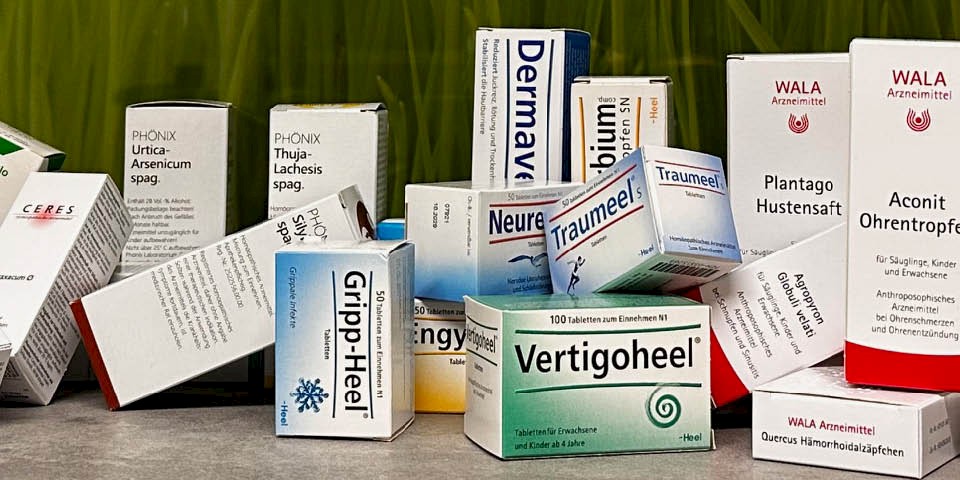These include medicines whose manufacturing instructions are regulated in the Homeopathic Pharmacopoeia (German Homeopathic Pharmakopeia - GHP or Homöopathisches Arzneibuch - HAB), but which are not diagnosed and used according to the homeopathic principle of individualised single remedy prescriptions (see concept of individualisation).
The pharmaceutical drugs presented serve as illustrative examples without claiming to be complete. They are not listed for advertising purposes or as treatment recommendations. In case of illness, the appropriate medical expertise should be consulted.

